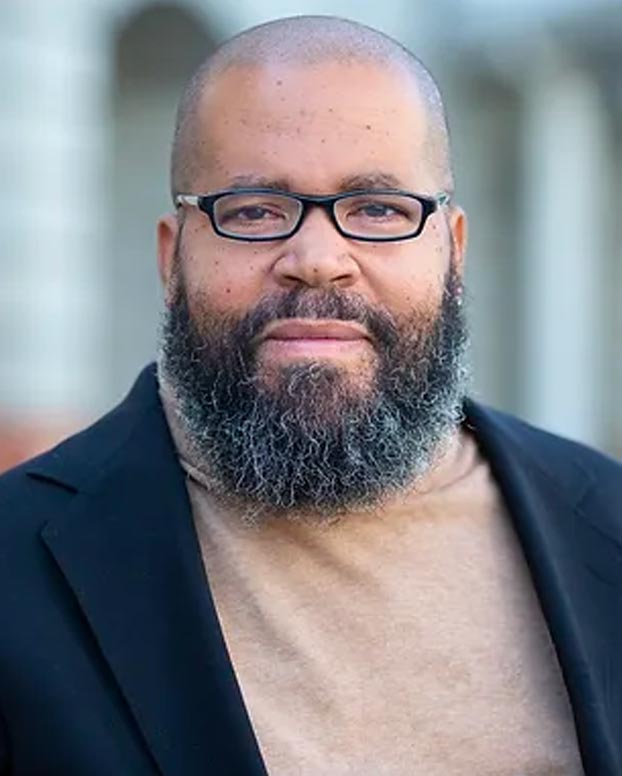January 4 is World Braille Day – A Holiday with an Inspiring History and an Even Greater Impact
December 26, 2023

The fifth anniversary of World Braille Day, an international holiday to commemorate the impact that the tactile system of braille has on the visually impaired community, will occur Jan. 4.
World Braille Day— a day to commemorate the invention of the tactile language of braille and its significance for blind and visually impaired people, will be celebrated internationally on January 4. This date was selected because it is the birthday of braille’s namesake and teenage inventor. Widely accepted and utilized as a tactile alphabet, braille’s impact cannot be overstated. The UN Convention of the Rights of Persons with Disabilities (CPRD) states that the universal use of braille for written communication is vital to education, access to information, and freedom of expression for those who use it.
So how did a 15-year-old teenager so brilliantly create the system known as braille?
Louis Braille was born on January 4, 1809, in Coupvray, France, to a family of leatherworkers who specialized in creating horse tack. Tragedy struck when Louis accidentally stabbed himself in the eye with a sharp tool designed to put holes in leather at age 3 and ultimately lost his vision completely by age 5 due to a resulting infection. However, this didn’t stop him from pursuing an education, and despite the limited options of the time, he attended his local school and absorbed information by listening. At age 10, he was awarded a scholarship to attend the National Institute for Blind Youth in Paris where he learned alongside other blind students.
One day, Charles Barbier, a French soldier serving in Napoleon Bonaparte’s army, visited the school and a meeting between Barbier and 12-year-old Louis, proved fortuitous. Barbier had invented a tactile code, dubbed ‘night writing’, intended to provide soldiers with a way to communicate silently in the dark by moving their fingers over combinations of 12 raised dots representing different sounds. When the soldiers struggled to learn this complex system, Barbier realized it may be a more usable tool for the visually impaired community and shared it with the school.
Utterly enthralled by the possibilities that this complex code could offer him and his community, Louis took it upon himself to adapt the code into a more simple, learnable version. For three years, from ages 12 to 15, Louis tweaked the original army code from 12 raised dots representing different sounds to six raised dots representing both letters and punctuation, which when arranged in different combinations, create the now universally accepted tactile language known as braille. At age 15, he introduced it to his school, which began using it widely to teach his fellow students and by age 20, Louis had published a book outlining his methods and how to adopt them.
Braille is an alphabet, not a language.
Braille is a tactile alphabet, not a language, which can be used to write almost any language. Think about the Latin alphabet and how it can be used to write a myriad of languages—that’s like braille. There are braille versions of almost every language, allowing people with visual impairments from all over the world the opportunities that literacy provides.
Braille takes up more space than the traditional alphabet, meaning the braille translations of books many of us are familiar with often come in multiple volumes. For example, Harry Potter and the Goblet of Fire, is 10 volumes in braille and Webster’s Unabridged Dictionary is an enormous 72 volumes. However, despite the thickness of braille editions, some readers of braille are mindbogglingly quick to take in information. A fast sighted person can read 350 words per minute whereas a fast braille reader can read at a pace of more than 400 words per minute, the fingers of one hand zipping along while the other hand’s fingers wait, posed, on the next line.
The United Nations creates World Braille Day
In 2018, to recognize and celebrate the monumental contribution of braille and its astounding impact on people with visual impairments, the United Nations voted to proclaim the birthday of Louis Braille, January 4, as World Braille Day in recognition of the fact that “the full realization of human rights and fundamental freedoms relies on inclusive written promotion.” (United Nations). This day also acknowledges that the visually impaired deserve the same standard of human rights as anyone else.
In a promotional video, the President of the National Federation of the Blind, Mark Riccobono, said, “For World Braille Day, what we’d like to communicate is that braille, like print, allows blind people to compete on terms of equality.”
RMHS recognizes braille as significant milestone in promoting inclusivity
Rocky Mountain Human Services is fully on board with the UN’s sentiment that the opportunities braille ushers in for the visually impaired are paramount to inclusivity. RMHS believes deeply in providing people with the supports they need to live life to the fullest in the community of their choosing. The organization does this by simplifying access, celebrating individuality, and bridging communities.
Additionally, RMHS commits to being an anti-racist organization that strives for diversity, equity, and inclusion in all aspects of its work. Braille has brought immense gains to furthering inclusion for the visually impaired community by allowing for the attainment of knowledge, opportunities of education, and freedom of both expression and opinion. As the President of the National Federation of the Blind so succinctly put it, braille allows the visually impaired to compete on terms of equality. RMHS supports it.
Happy World Braille Day! We hope you find a way to celebrate on Jan. 4.







